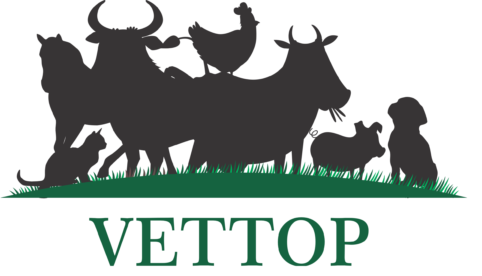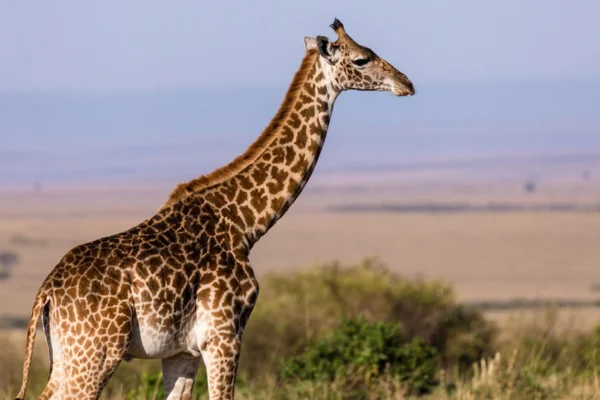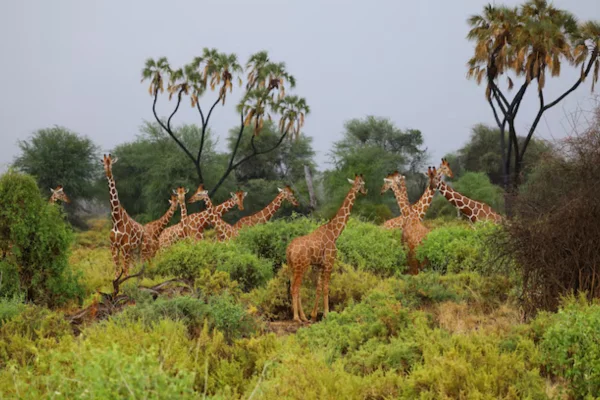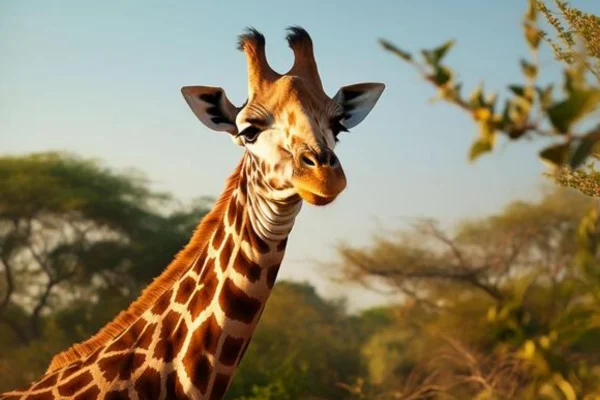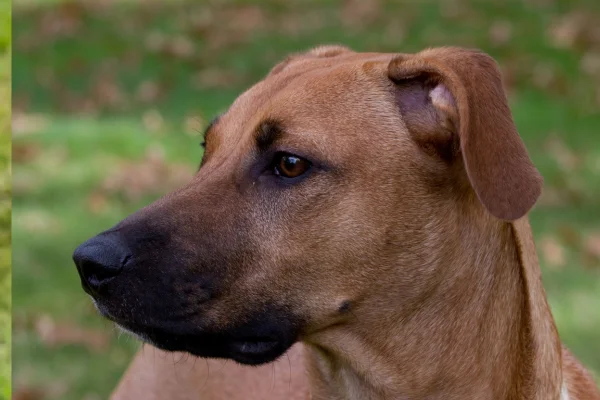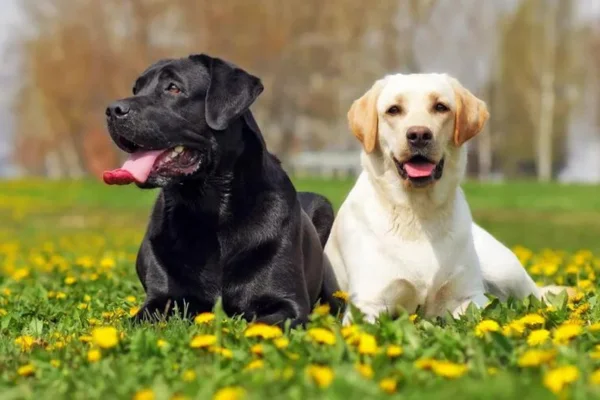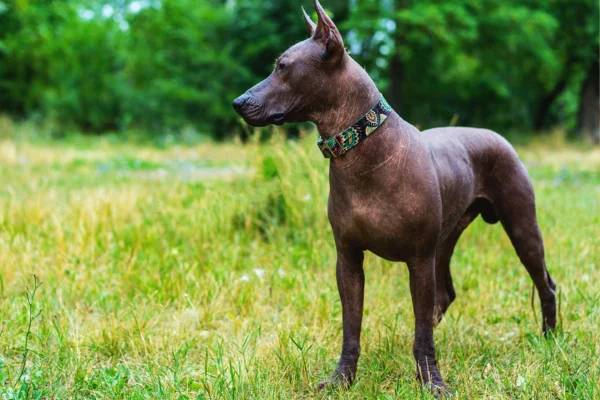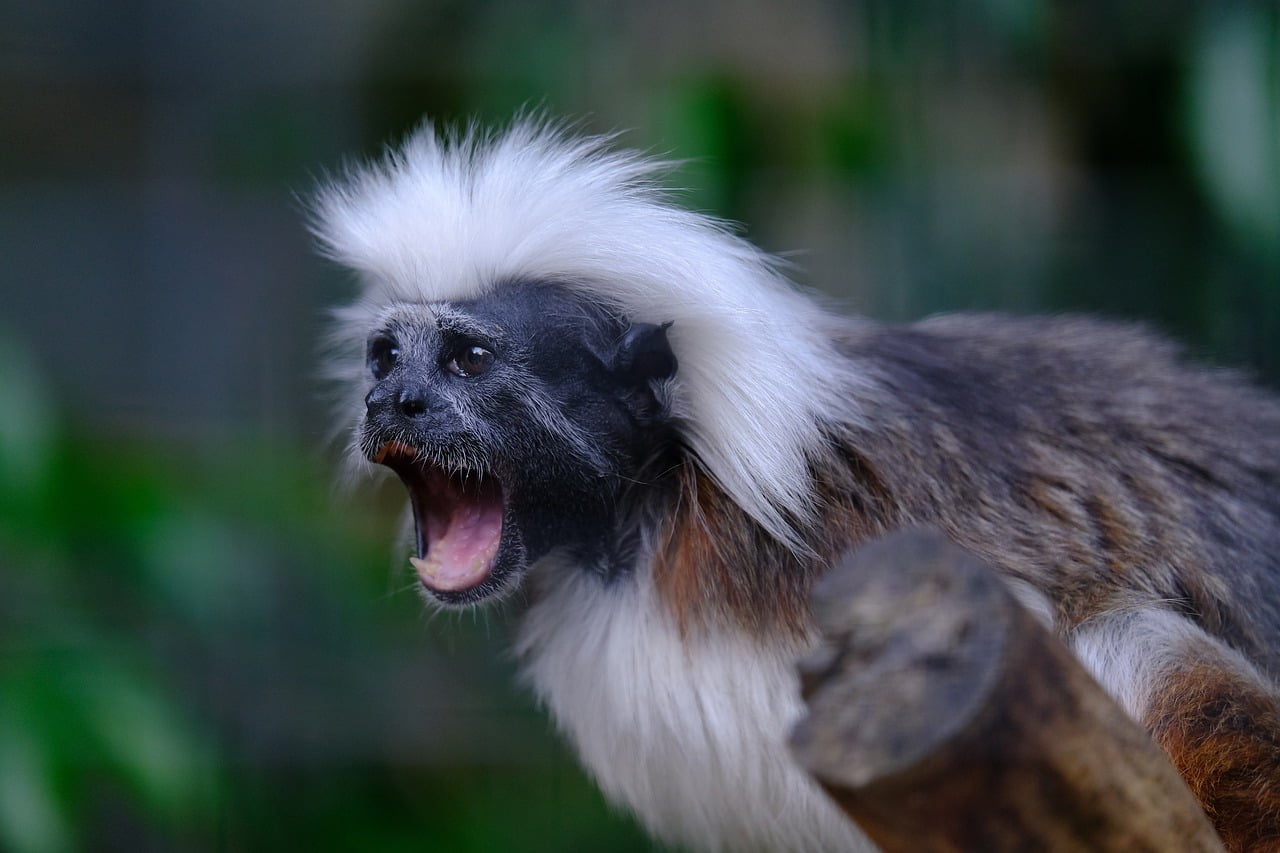Giraffe: The Gentle Giant of the African Savannah
Giraffes, with their long necks and elegant legs, are unique animals that arouse curiosity and fascination all over the world. Inhabiting the vast African savannahs, these majestic creatures do not go unnoticed with their imposing heights and skin patterns that look like natural works of art. But behind their distinctive appearance lies a complex biology and ecology that reveals the fascinating evolutionary history of this gentle giant. Let's explore the life of the giraffe, its characteristics, behaviors, conservation challenges and importance in the ecosystem.
The Giraffe's Unique Body: More than Just Height
They are recognized worldwide as the tallest land animal on the planet. An adult male can reach up to 5.5 meters in height, while females are slightly smaller, at around 4.5 meters. This impressive height is largely the result of their extremely long necks, which can measure up to 2 meters. However, what many people don't know is that, despite its length, the giraffe's neck has the same number of cervical vertebrae as most mammals, including humans: seven. Each of these vertebrae, however, is elongated and adapts perfectly to its way of life.
In addition to the neck, the giraffe's legs also contribute to its imposing height. They are long and powerful, with their forelimbs slightly longer than their hind limbs, which gives them their characteristic upright posture. Giraffes have a unique way of walking, called "gait", in which they move both legs on the same side of the body simultaneously, unlike the alternating gait of other quadrupeds. This graceful gait, together with their speed (they can run at up to 60 km/h over short distances), allows giraffes to move quickly over large areas in search of food and water.
Contents
A Diet Adapted to Height
Their diet is directly related to their height. They are herbivores and feed mainly on the leaves of tall trees, especially acacias. Thanks to their long necks, they can reach food that other animals cannot, thus reducing competition for resources in the savannah. This animal's tongue is another curious and important aspect of its diet. About 45 cm long, this prehensile tongue is incredibly flexible and resistant, allowing the giraffe to grasp thorny branches without injuring itself.
Giraffes can spend up to 20 hours a day feeding, consuming up to 34 kilos of vegetation daily. However, they have a relatively low water requirement compared to other large mammals. This is because much of the water they need is extracted from the succulent plants they eat, which allows them to survive in arid regions where water is scarce.
Social Behavior and Reproduction
Giraffes are usually seen in groups, although their social structure is flexible. These groups can vary in size, from small bands to large aggregations of up to 30 individuals, and often change in composition as animals join and leave. They are social animals, but they don't have a strict hierarchy system as in other species. Adult females usually form groups with other females and their young, while males, when they are not competing for females, can be found in small groups or alone.
During the breeding season, the males compete to determine who will have the right to mate with the females. These fights involve a technique called "necking", in which two males intertwine their necks and swing them with force to strike their opponent. Although these disputes may seem violent, they rarely result in serious injuries, and the winner usually wins the right to court the females.
A giraffe's gestation period is approximately 15 months, after which a single calf is born, which can already measure 1.8 meters in height. As with other mammal species, giraffe mothers look after their young until they are old enough to join the group and defend themselves against predators.
Ecological Importance: The Role of Giraffes in the Ecosystem
Giraffes play an essential role in the ecological balance of the African savannahs. As large herbivores, their diet directly affects the vegetation in the areas where they live. By feeding on the leaves of tall trees, giraffes help to keep the flora in balance, promoting the growth of certain plant species and controlling the excessive branching of trees such as acacias. This process of "natural pruning" favors biodiversity by allowing sunlight to reach the smaller plants on the ground, benefiting other species of animals that depend on these plants to survive.
In addition, giraffes also serve as indirect pollinators. As they feed on leaves and flowers, they carry pollen from one tree to another, contributing to the reproduction of plants over vast areas. Their nutrient-rich droppings also play a crucial role in fertilizing the soil, promoting the growth of new plants.
Conservation Challenges: The Fight for Giraffe Survival
Although giraffes are often seen as iconic animals of African fauna, their survival is far from guaranteed. The International Union for Conservation of Nature (IUCN) classifies some giraffe subspecies as vulnerable or endangered. The main threat they face is habitat loss due to agricultural expansion, infrastructure construction and deforestation. As wild areas shrink, giraffes have less space to feed and reproduce, which negatively affects their populations.
In addition to habitat loss, giraffes are also threatened by poaching. Although they are not traditionally hunted for their meat, like other large African mammals, parts of their bodies, such as skins and bones, are highly valued in some cultures. Civil wars and conflicts in certain regions of Africa also have an impact on giraffe populations, as these conflicts often result in the destruction of protected areas and increased hunting.
Conservation initiatives
Fortunately, several organizations are mobilizing to protect giraffes and their habitat. Conservation projects and government initiatives have worked to create more protected areas and raise awareness about the importance of giraffe conservation. These efforts include monitoring giraffe populations, combating poaching and implementing captive breeding programs for endangered species.
In addition, educational campaigns have been key to raising awareness among local communities about the value of giraffes to ecosystems and the tourism economy. Ecotourism is one of the main industries in many African countries, and the presence of giraffes attracts millions of tourists every year. Protecting giraffes therefore not only guarantees the survival of these animals, but also supports the economic development of many regions.
Curiosities About Giraffes
The giraffe, in addition to its biological characteristics and ecological importance, also has a number of curiosities that make the species even more fascinating:
- Unique Standards: Just like human fingerprints, the patterns of spots on giraffe skin are unique to each individual, acting as a natural "signature".
- Little sleep: Giraffes sleep very little compared to other animals. They usually sleep for only 10 to 30 minutes a day, and most of this sleep occurs in short naps of just a few minutes.
- Powerful Heart: A giraffe's heart can weigh around 12 kg and is specially adapted to pump blood to the head, against the force of gravity.
Final considerations
The giraffe is undoubtedly one of the most impressive and charismatic animals on Earth. Its imposing appearance, curious behavior and fundamental ecological role make it a truly unique species. However, the future of giraffes depends on our conservation efforts and a greater awareness of the challenges they face. Protecting giraffes is not only about preserving a wonder of nature, but also about ensuring the balance of an entire ecosystem that depends on their presence. With proper conservation and education initiatives, we can help ensure that giraffes continue to roam the African savannahs for many generations to come.
